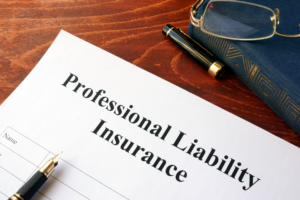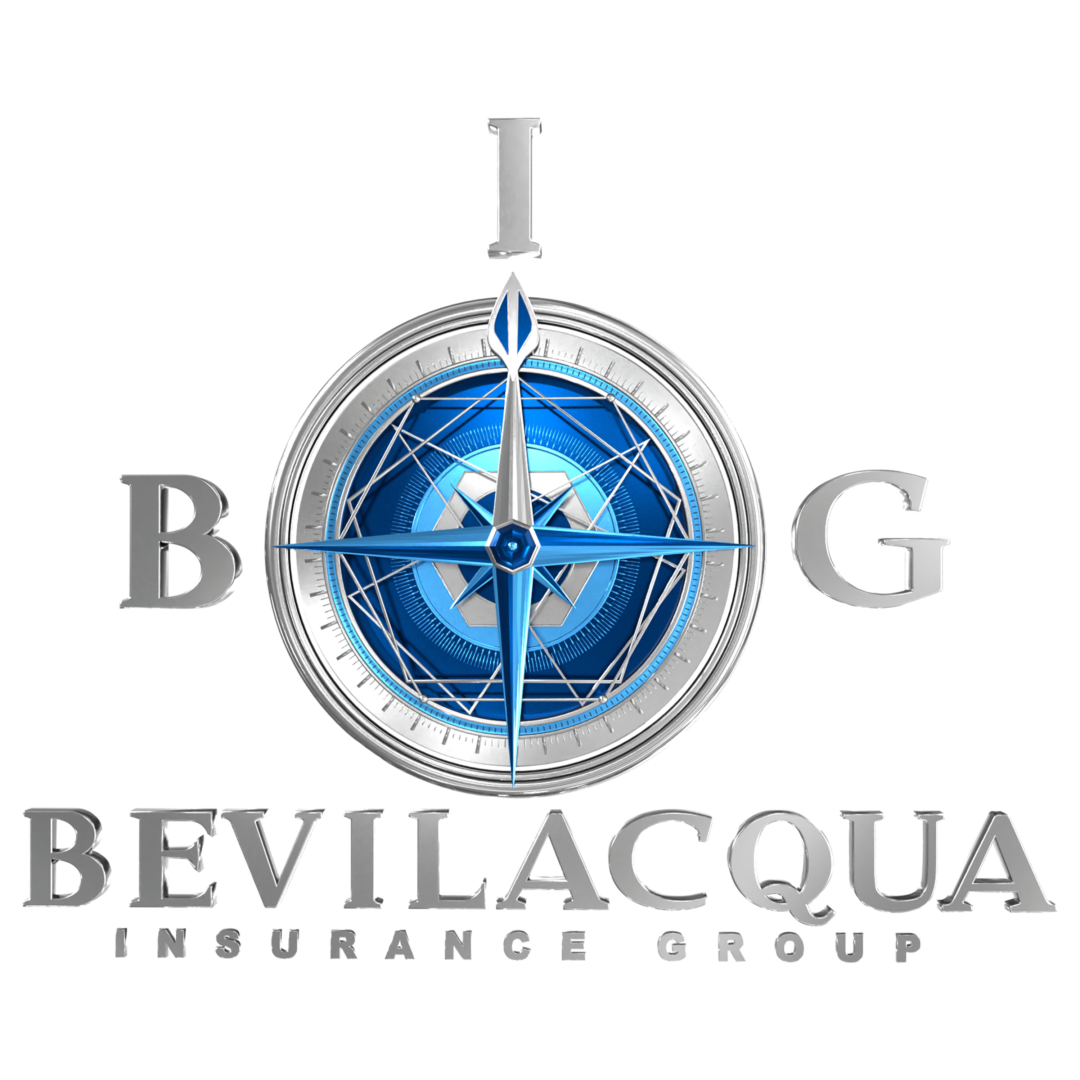Understanding Professional Liability Insurance: Protecting Professionals and Their Businesses

In today’s fast-paced and competitive business world, professionals from various industries face a range of risks and challenges that can lead to costly legal disputes. That’s where professional liability insurance, also known as errors and omissions insurance, comes into play. This type of insurance is specifically designed to protect individuals and businesses from the financial consequences of mistakes and negligence in the services they provide. In this article, we will explore common claim scenarios that affect professionals in modern times, providing relatable examples and outcomes of these claims.
Claim Scenario 1: Healthcare Mishaps that Lead to Malpractice Claims
Healthcare professionals, such as doctors, nurses, and medical practitioners, are vulnerable to malpractice claims. These claims can arise from misdiagnoses, surgical errors, medication mistakes, or failure to provide adequate care. For instance, if a surgeon performs a surgery incorrectly, causing further complications for the patient, they may face a lawsuit. The consequences of such claims can include significant financial settlements, damage to the professional’s reputation, and even the potential loss of their license to practice.
In 2017, a prominent surgeon in the United States faced a malpractice claim when a patient alleged that the surgeon had performed a surgery incorrectly, leading to severe complications and further health issues. The patient sued for medical malpractice, seeking compensation for additional medical treatment and emotional distress.
Claim Scenario 2: Legal Mistakes that Result in Malpractice Claims
Lawyers and legal professionals can also face malpractice claims if they fail to provide competent and diligent representation to their clients. This can include errors in legal documentation, missed deadlines, conflicts of interest, or breaches of confidentiality. For example, if a lawyer mishandles a case, leading to unfavorable outcomes for the client, they may be sued for malpractice. The repercussions of legal malpractice claims can involve paying damages to the affected party, facing disciplinary action by the bar association, and losing clients.
In 2019, a high-profile case in the legal industry involved a lawyer who mishandled a personal injury lawsuit. The lawyer missed critical deadlines, failed to gather essential evidence, and provided inadequate representation to the client. As a result, the client lost the case and suffered significant financial losses. The client filed a legal malpractice claim against the lawyer, seeking compensation for the damages caused by the lawyer’s negligence.
Claim Scenario 3: Financial Errors and Omissions in the Financial Services Industry
Professionals in the financial services sector, such as accountants, financial advisors, and insurance agents, are exposed to errors and omissions claims. These claims can arise from providing incorrect financial advice, making investment errors, or failing to disclose crucial information to clients. For instance, if a financial advisor recommends risky investments that result in significant financial losses for the client, they may face a lawsuit. The outcomes of errors and omissions claims may include financial settlements, regulatory investigations, and damage to their reputation.
In 2018, a financial advisor recommended complex and high-risk investment products to several clients without fully disclosing the potential downsides and risks involved. The investments ultimately performed poorly, resulting in substantial financial losses for the clients. The affected clients filed errors and omissions claims against the financial advisor, alleging that they had received incorrect advice and were not adequately informed about the potential risks.
Claim Scenario 4: Technology Mishaps and Cyber Liability Claims
As our reliance on technology and digital platforms grows, professionals in the IT and cybersecurity industry face risks related to technology errors and cyber liability. These claims can result from data breaches, cyberattacks, software malfunctions, or failure to protect sensitive information. For example, if a cybersecurity firm experiences a data breach that compromises the personal information of its clients, they can be held liable. The consequences of technology errors and cyber liability claims may involve legal expenses, costs associated with notifying affected individuals, and harm to the company’s brand reputation.
In 2020, a multinational technology company experienced a major data breach, leading to the exposure of sensitive customer information, including personal and financial data. As a result, affected customers suffered from identity theft and financial fraud. The company faced numerous cyber liability claims from the affected individuals, seeking compensation for the damages caused by the data breach and the subsequent misuse of their personal information.
Conclusion
Professional liability insurance plays a crucial role in safeguarding professionals and their businesses from the financial repercussions of legal claims. By understanding these common claim scenarios and their outcomes, professionals can take proactive steps to mitigate risks, protect their assets, and maintain their reputation in today’s competitive business landscape. It is essential for professionals to assess their insurance needs, obtain adequate coverage, and seek legal guidance to effectively navigate potential claims. Remember, having the right insurance coverage can provide peace of mind and ensure that professionals can focus on what they do best while being protected against unexpected challenges.
Call or Text us today at 1-877-PLIG-123. That’s 1-877-754-4123.

